It has been over three years since COVID-19 started disrupting livelihoods and brought in-person survey data collection to a near complete halt. Broad immunization against COVID-19 quickly emerged as the most sustainable solution to ending the pandemic. However, access to vaccines has been highly unequal, putting the poorest countries with the least means for domestic production or international procurement at a disadvantage. Particularly in Sub-Saharan Africa, where supply-side constraints were initially high and demand for vaccines uncertain, there was a deep data gap to be filled to inform the rollout of vaccination campaigns.
In response to this data gap and the need to track the socio-economic impacts of the pandemic, the World Bank conceived a series of multi-topic, longitudinal, high-frequency phone surveys (HFPS). At the Living Standards Measurement Study (LSMS) team, we partnered with national statistical offices to collect over 80 rounds of phone survey data across seven Sub-Saharan African countries. Starting in September 2020, 27 of those rounds included a recurring module on COVID-19 vaccination which was continuously adapted over time to fit evolving information needs as vaccination campaigns and the pandemic progressed.
In this blog post, we reflect on some of the main takeaways from over 50,000 interviews on COVID-19 vaccination in Sub-Saharan Africa that we conducted, which gave us the opportunity to study vaccine hesitancy and uptake over the entire course of the pandemic.
High vaccine acceptance – but low coverage
Even 2.5 years after the launch of the first COVID-19 vaccines, coverage in Sub-Saharan Africa is still trailing the rest of the world today (Figure 1). While in many middle- and high-income countries, three quarters of the population are fully vaccinated, this is true for less than 30 percent of the population in Sub-Saharan Africa. Globally, one in three people without a single dose of a COVID-19 vaccine currently live in Sub-Saharan Africa.
The low levels of vaccine uptake in Sub-Saharan Africa are not for a lack of willingness to get vaccinated, as some had expected. Throughout the course of the pandemic, from when vaccines were still under development in 2020 to when they became more widely available in Sub-Saharan Africa in 2022, we found consistently high levels of vaccine acceptance across the countries we study (Figure 2). Vaccine acceptance ranged from near universal acceptance in Ethiopia in 2020 to just below seven in ten people in Burkina Faso in 2021 and never dipped below 83% when averaged across the countries we study in any of the three years of data collection.
In another blog post, we highlight that such high levels of acceptance need not translate into high vaccine uptake if the vaccination process is cumbersome and opportunity costs to get vaccinated are high.
Vaccine attitudes are malleable and frequently change over time
High aggregate levels of vaccine acceptance also conceal some variation in individual vaccine attitudes: our respondents somewhat frequently change their attitudes regarding COVID-19 vaccination (Figure 3). Across countries, three in ten respondents (29.8%) changed their attitude about COVID-19 vaccination at least once over the course of data collection while 14.3% change their stance twice or more.
There are some notable cross-country differences. While 47.3% of respondents in Burkina Faso and 38.9% in Malawi changed their stated response at least once, this is true for just over a quarter of respondents in Nigeria (25.9%) and Uganda (25.7%), and 16.8% in Ethiopia. This should caution that information and outreach campaigns need to be ongoing to maintain high levels of active demand for COVID-19 vaccines as supply-side barriers are lifted. It also means that, to achieve high coverage levels, dispelling the concerns of those hesitant to get vaccinated can sway their opinions on COVID-19 vaccination.
Phone surveys have been flexible, rapid, and cost-effective tools for data collection
Through over 50,000 interviews on COVID-19 vaccination in Sub-Saharan Africa, we found the longitudinal phone surveys we conducted to be flexible, rapidly deployable, and, at costs of $13 or less per completed interview, very cost-effective tools for data collection. The phone surveys allowed us to collect longitudinal data at high frequency which made sure that the evidence we gathered was timely and tailored to the specific information needs of vaccination campaigns in the region. Through a collaboration with the Global Financing Facility (GFF), they have also served as a platform on which to conduct extensive survey methods research. This ensured that the evidence we gathered was reliable and informed by best practices for (phone) survey design in health policy research.
Finally, our work on vaccination, and related work streams on COVID-19 in Sub-Saharan Africa that were informed by the phone surveys, have demonstrated the value of a robust, existing infrastructure from face-to-face surveys. In the case of the LSMS-supported phone surveys, the latest LSMS-ISA household surveys served as sampling frames and supplied the survey infrastructure that the phone surveys leveraged for rapid and cost-effective deployment.
There are thus important complementarities between in-person and phone survey data collection. They should continue to be harnessed as phone surveys become part of the routine data collection toolkit in low- and middle-income countries.
Want to know more? Check out our research articles and previous blog posts on COVID-19 vaccination in Sub-Saharan Africa!
Article: Are Vaccination Campaigns Misinformed? Experimental Evidence from COVID-19 in 36 Low- and Middle-income Countries (2023)
Article: The Evolution of COVID-19 Vaccine Hesitancy in Sub-Saharan Africa: Evidence from Panel Survey Data (2023)
Article: Assessing COVID-19 vaccine hesitancy and barriers to uptake in Sub-Saharan Africa (2023)
Article: Acceptance of COVID-19 Vaccines in Sub-Saharan Africa: Evidence from Six National Phone Surveys (2021)
Blog: COVID-19 vaccine uptake in Sub-Saharan Africa (2023)
Blog: Sustainedly high levels of COVID-19 vaccine acceptance in five Sub-Saharan African countries (2021)
Blog: A lot would take the shot: COVID-19 vaccine acceptance in six Sub-Saharan African countries (2021)

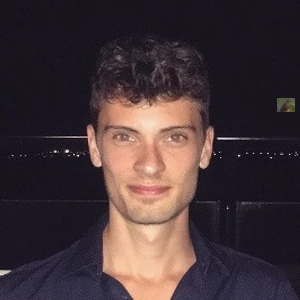
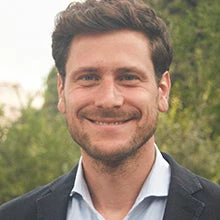
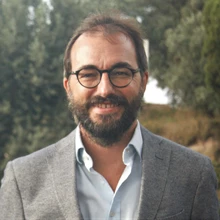
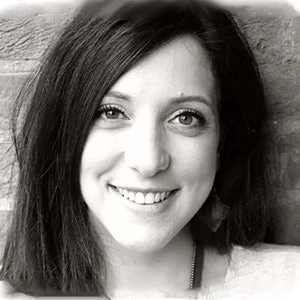
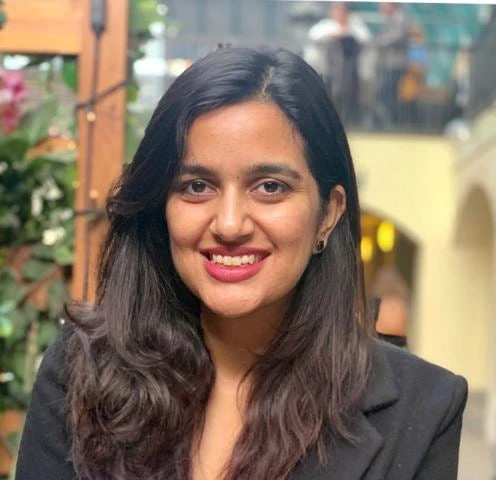

Join the Conversation